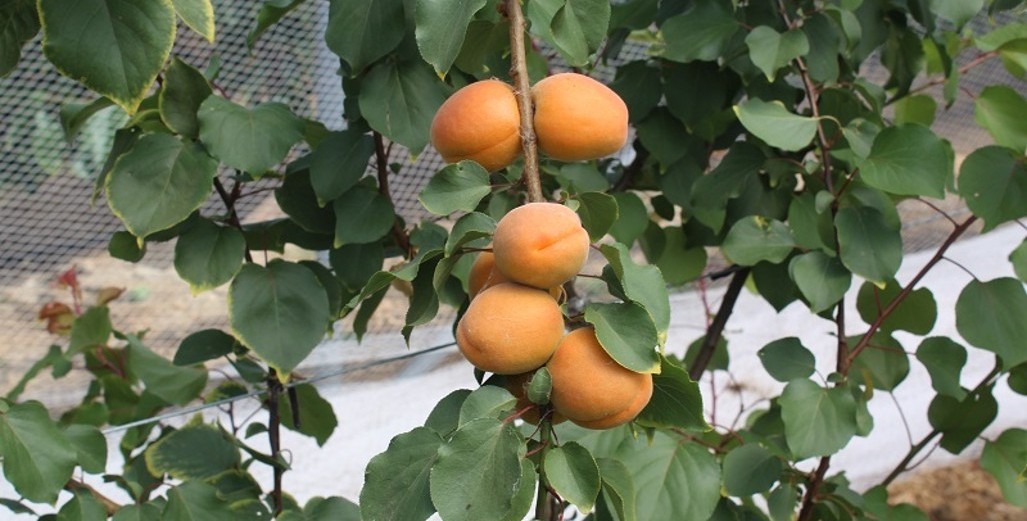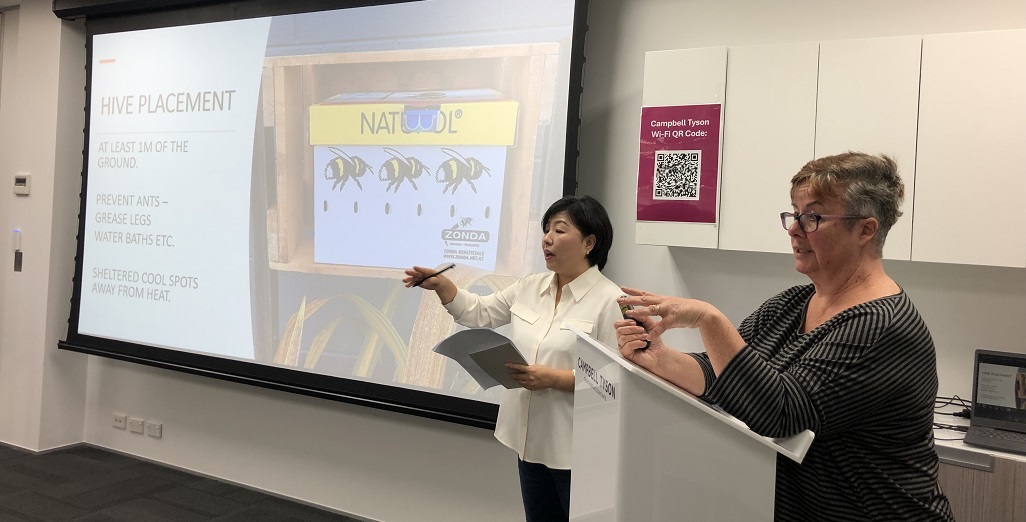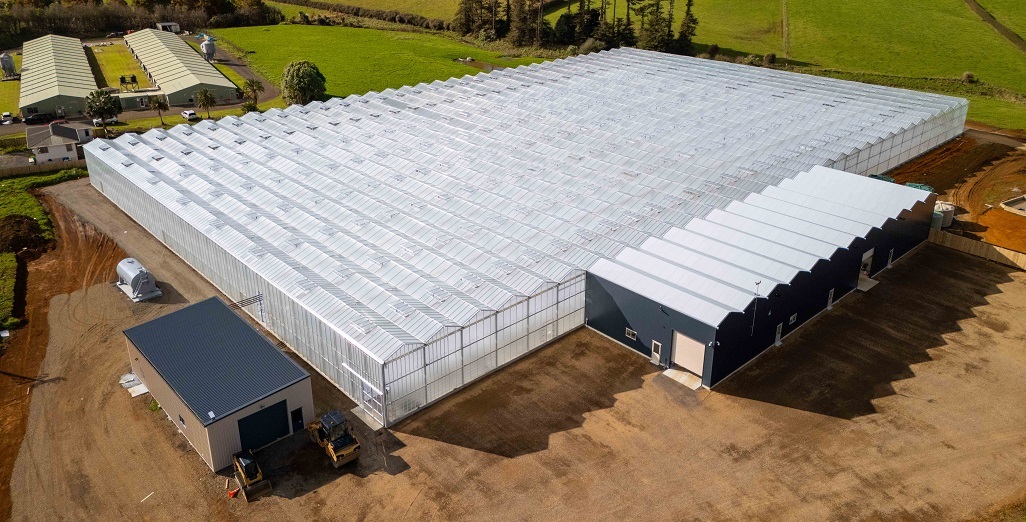Sign up here to subscribe to the Grower2grower Ezine. Every two weeks you will receive new articles, specific to the protected cropping industry, informing you of industry news and events straight to your inbox.
Jun 2021
Horticultural Provides Considerable Export Income

FINAL WORD by Dr Mike Nichols
A Strategy For Horticulture In New Zealand
In addition to providing New Zealanders with fruit and vegetables year round the horticultural industry also provides considerable export income, which is predicted to rise significantly in the future. Despite the vital importance of food production and the healthy on-going export prospects government (both National and Labour) has failed the industry (and therefore New Zealanders) in 3 distinct areas, namely:
1) Disestablishing the Extension Service,
2) Failing to provide adequate opportunities for education and training, at all levels and
3) Replacing DSIR and MAF Research with Crown Research Institutes. which severely reduced the countries research capacity.
Extension:
There is little doubt that in the 60’s & 70’s the Department of Agriculture provided an excellent source of unbiased information to producers. The Department was established at a time when horticulture tended to be family farms (as was agriculture), and it was time for a change. The development of large “agribusiness” operations meant that this earlier model was not fit for purpose, so “User Pay” was introduced. Sadly the baby was thrown away with the bath water as “government” then disestablished the Advisory Service, so extension became fragmented among a number of private providers. This situation is not satisfactory, as it lacks any centralised service, and many of the advisors lack independence as they ae employed by servicing organisations eg Farmlands, HortiCentre, Zespri etc.
Education and Training:
This is the key to a developing horticultural industry, and I can best describe the current situation as having lost it’s way. In this modern world a significant level of education and training is essential for underpinning and encouraging development of an individual, an industry or a country. The critical balance is to have a population with a range of skills ranging from academic thought to practical skills, with a wide range in between.
University training is vital to taking horticulture to the next level, by providing scientific training to the future researchers, extension force, and managers, but does not provide the practical skills that are an essential part of primary production.
The Universities contribution to the industry has been in decline since the kiwifruit boom in the 1980’s. The Massey University 4 year horticultural science degrees has become a 3 year degree, and the student numbers have fallen significantly from the 100 plus of the late 70’s to just a handful at both Massey and Lincoln Universities, and yet the demand for horticultural graduates is strong. Enrolments and staffing with reduced capacity for teaching horticulture at both Institutions have also been severely reduced.
The genesis of this was probably the decisions in the 70’s to:
1) to reduce the size of the Extension service due to the trend away from family farms. This severely limited the employment opportunities for new graduates, who in the past had been used in roles similar to trainee doctor interns while gaining experience.
2) to transfer most diploma level training to the polytechnics. As a result the resources and staff available for horticulture at both institutions was greatly reduced.
The corollary of this was that many of the polytechnics offered horticulture programmes, until the enrolments went into decline, and they discovered the high costs involved. Possibly the establishment of a centralised Polytechnic of New Zealand will introduce some efficiencies.
Research:
Until 1950 horticultural research in New Zealand was the responsibility of DSIR, with the exception of the Cawthron Institute in Nelson. DSIR undertook mainly research on fruit crops and limited work on vegetables. Thes main research campus was in Auckland, but there were a number of research stations in the major fruit growing areas, eg Central Otago, Hawkes Bay, and Nelson.
The Department (later Ministry) of Agriculture’s Levin Horticultural Research Station was established about that time, to undertake applied horticultural research. In the 60’s and 70’s MAF established sub stations in Pukekohe, Hast ings, Hamilton etc to undertake localised studies.
Prior to the break-up of DSIR and the Research Division within Department of Agriculture (DOA) the separation between applied and more fundamental research responsibilities between DSIR and DOA was reasonably clear cut. Competition for resources between the two groups (DSIR and DOA) clearly occurred, but once this was decided the research money was then allocated by the Heads of the departments between the different groups.
All this disappeared with the establishment of the Crown Research Institutes. when researchers had to bid for research money from a national pool, and job security became a thing of the past. Cooperation between researchers disappeared, and competition became the new buzz word. Horticulture was initially split up into HortResearch (fruit crops) and a Crop & Food Research (which included non fruit crop horticulture and arable crops). now combined as Plant and Food. Slowly we appear to be getting back to the old DSIR!!!!!
The problem with the current model is that the Crown Research Insitute's have to provide a dividend to government and are no longer a part of the Public Service. In recent years HortResearch has worked predominantly on two crops —apples and kiwifruit. No one would disagree with the need to research these two important crops, but it should must be noted that in the 1960’s kiwifruit (then called Chinese gooseberries) barely existed as an export crop, and there were serious considerations given to ceasing research on this crop”!! Who is currently researching the next crop to replace kiwifruit in the future??? In fact how much agronomic research is being undertaken with other crops apart from the big five; apples, kiwifruit, onions, potatoes and squash?
A huge challenge in horticulture is to use water more efficiently and to reduce pollution of our river systems. Protected cropping and hydroponics may offer some potential but currently no one in New Zealand is researching on Protected (greenhouse) crops!! Demolishing (and not replacing) the world-famous controlled climate facility in Palmerston North with the increasing importance of the environment and horticulture was certainly not a wise decision or visionary.
Overseas situation:
Apart from UK most of the European countries appear to have retained significant horticultural education, and training, research and extension capacity. Australia still has very active state research organisations, while the USA system of education, research and training all being centred within individual Universities in each state has meant that overheads have been shared over all three sectors. In less developed countries horticulture has gained in prominence.
Our nearest neighbour (Australia) has retained much of it’s horticultural research capability via the “Hort Innovation” scheme, where industry research funds are subsidized by a matching government grant.
Conclusions:
Perhaps it is time for MPI to pick up the challenge, and take control of extension and applied research, while leaving the more fundamental research to the Crown Research Institutes. This would not necessarily eliminate user pay—after all producers should pay something towards improved outcomes, but in the final analysis all of society must gain though an efficient supply of fruit and vegetables both for local consumption and for export.
The government needs to take bold and more sustaining efforts to supporting and encouraging more people into horticulture at all levels.
Article written and supplied by Dr Mike Nichols
If you would like to get in touch with Dr Nichols send me your details to stefan@grower2grower.co.nz and I will pass them on.
I appreciate your comments. Please feel free to comment on the grower2grower Facebook page:
https://www.facebook.com/StefanGrower2grower/
CLASSIFIED
Subscribe to our E-Zine
More
From This Category

Tomato grower applies Tobre after contamination

KWS inaugurates new R&D facility in Uberlândia, Brazil

John van Santen joins the management of Metazet

Workshop for Auckland’s Korean tomato growers held last week

Could the Global Boom in Greenhouses Help Cool the Planet?

























